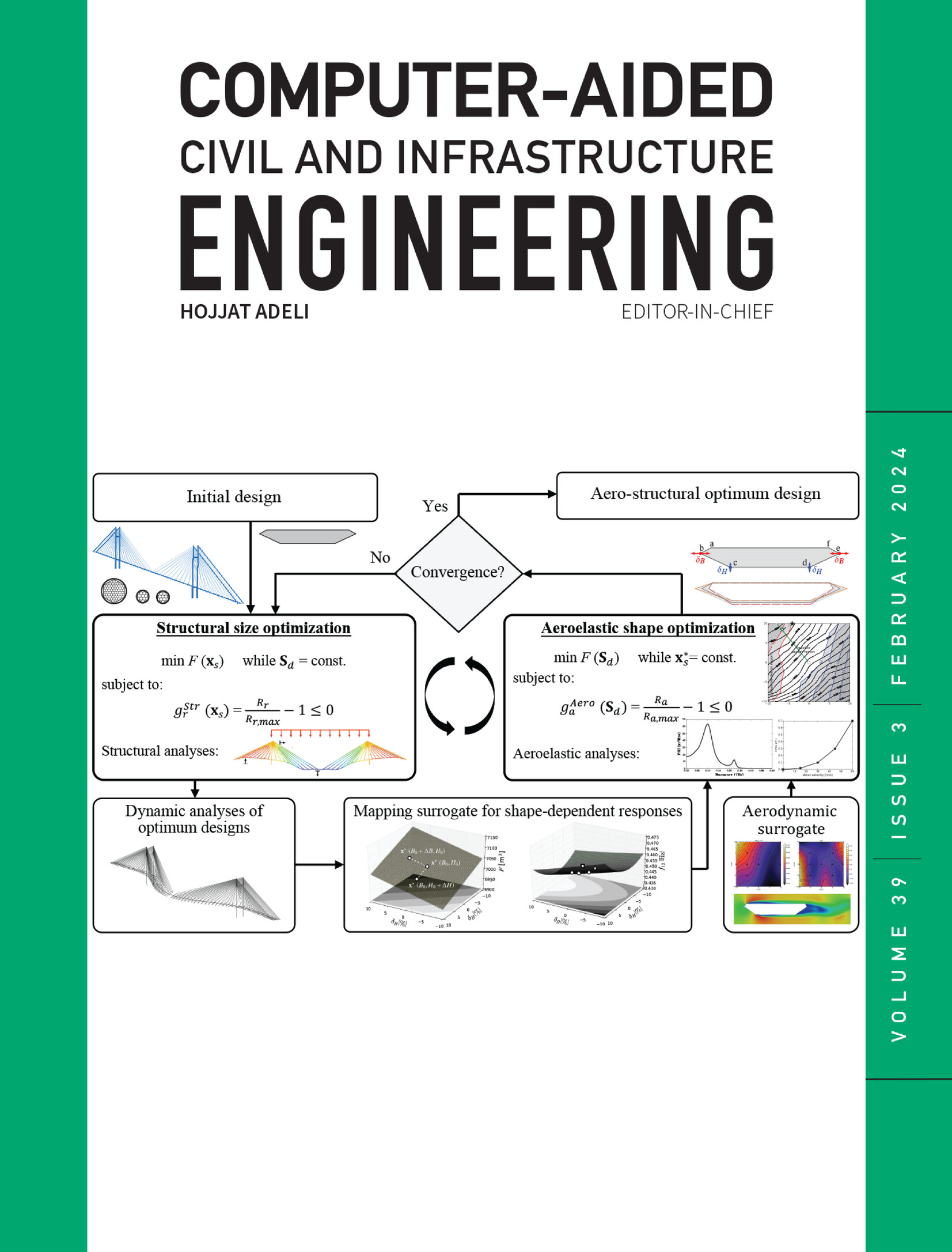Sewer image super-resolution with depth priors and its lightweight network
IF 8.5
1区 工程技术
Q1 COMPUTER SCIENCE, INTERDISCIPLINARY APPLICATIONS
引用次数: 0
Abstract
The quick-view (QV) technique serves as a primary method for detecting defects within sewerage systems. However, the effectiveness of QV is impeded by the limited visual range of its hardware, resulting in suboptimal image quality for distant portions of the sewer network. Image super-resolution is an effective way to improve image quality and has been applied in a variety of scenes. However, research on super-resolution for sewer images remains considerably unexplored. In response, this study leverages the inherent depth relationships present within QV images and introduces a novel Depth-guided, Reference-based Super-Resolution framework denoted as DSRNet. It comprises two core components: a depth extraction module and a depth information matching module (DMM). DSRNet utilizes the adjacent frames of the low-resolution image as reference images and helps them recover texture information based on the correlation. By combining these modules, the integration of depth priors significantly enhances both visual quality and performance benchmarks. Besides, in pursuit of computational efficiency and compactness, a super-resolution knowledge distillation model based on an attention mechanism is introduced. This mechanism facilitates the acquisition of feature similarity between a more complex teacher model and a streamlined student model, with the latter being a lightweight version of DSRNet. Experimental results demonstrate that DSRNet significantly improves peak signal-to-noise ratio (PSNR) and and Structural Similarity index (SSIM) compared with other methods. This study also conducts experiments on sewer defect semantic segmentation, object detection, and classification on the Pipe data set and Sewer-ML data set. Experiments show that the method can improve the performance of low-resolution sewer images in these tasks.具有深度先验的下水道图像超分辨率及其轻量级网络
快速视图(QV)技术是污水系统缺陷检测的主要方法。然而,QV的有效性受到其硬件的有限视觉范围的阻碍,导致污水管网远距离部分的图像质量不理想。图像超分辨率是提高图像质量的一种有效手段,已在各种场景中得到应用。然而,对下水道图像的超分辨率研究仍然相当未被探索。为此,本研究利用了QV图像中存在的固有深度关系,并引入了一种新颖的深度引导、基于参考的超分辨率框架,称为DSRNet。它包括两个核心组件:深度提取模块和深度信息匹配模块。DSRNet利用低分辨率图像的相邻帧作为参考图像,并基于相关性帮助它们恢复纹理信息。通过结合这些模块,深度先验的集成显著提高了视觉质量和性能基准。此外,为了追求计算效率和紧凑性,提出了一种基于注意机制的超分辨率知识蒸馏模型。这种机制有助于获取更复杂的教师模型和精简的学生模型之间的特征相似性,后者是DSRNet的轻量级版本。实验结果表明,与其他方法相比,DSRNet显著提高了峰值信噪比(PSNR)和结构相似度指数(SSIM)。本研究还在Pipe数据集和下水道- ml数据集上进行了下水道缺陷语义分割、对象检测和分类实验。实验表明,该方法可以提高低分辨率下水道图像在这些任务中的性能。
本文章由计算机程序翻译,如有差异,请以英文原文为准。
求助全文
约1分钟内获得全文
求助全文
来源期刊
CiteScore
17.60
自引率
19.80%
发文量
146
审稿时长
1 months
期刊介绍:
Computer-Aided Civil and Infrastructure Engineering stands as a scholarly, peer-reviewed archival journal, serving as a vital link between advancements in computer technology and civil and infrastructure engineering. The journal serves as a distinctive platform for the publication of original articles, spotlighting novel computational techniques and inventive applications of computers. Specifically, it concentrates on recent progress in computer and information technologies, fostering the development and application of emerging computing paradigms.
Encompassing a broad scope, the journal addresses bridge, construction, environmental, highway, geotechnical, structural, transportation, and water resources engineering. It extends its reach to the management of infrastructure systems, covering domains such as highways, bridges, pavements, airports, and utilities. The journal delves into areas like artificial intelligence, cognitive modeling, concurrent engineering, database management, distributed computing, evolutionary computing, fuzzy logic, genetic algorithms, geometric modeling, internet-based technologies, knowledge discovery and engineering, machine learning, mobile computing, multimedia technologies, networking, neural network computing, optimization and search, parallel processing, robotics, smart structures, software engineering, virtual reality, and visualization techniques.

 求助内容:
求助内容: 应助结果提醒方式:
应助结果提醒方式:


